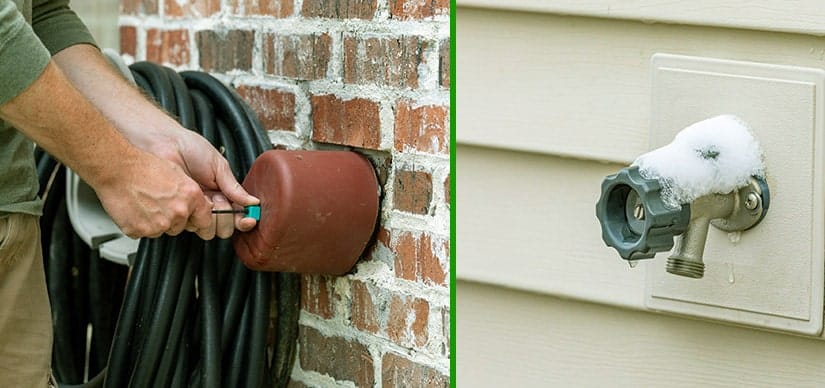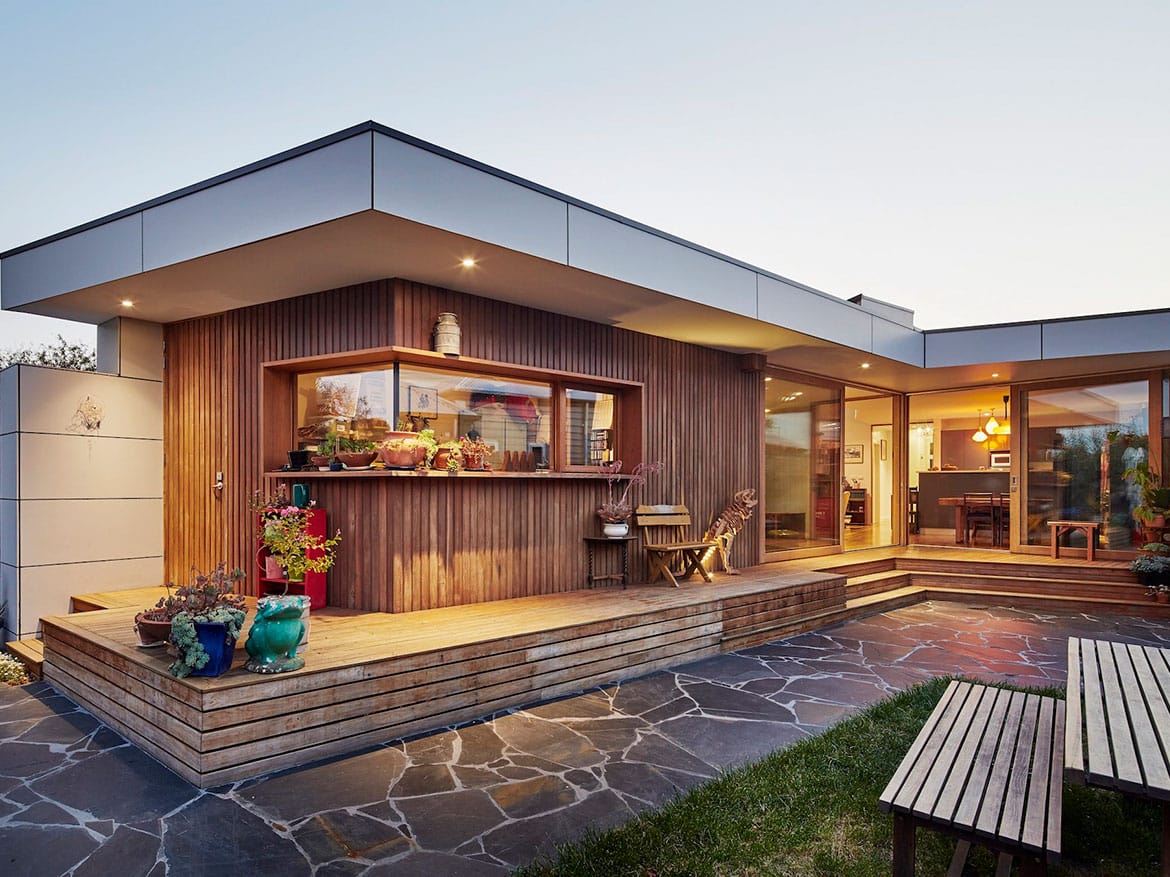Taking steps to protect your outdoor pipes from freezing during the winter is essential. Frozen pipes are not only a major inconvenience, but they can also burst and cause significant water damage to your home—leading to expensive repairs. Fortunately, with a little preparation, you can easily winterize your outdoor pipes and protect your home from the harsh winter months. Here’s how.
1. Disconnect and Store Your Garden Hoses
The first step to protecting your outdoor plumbing is to disconnect your garden hoses. Leaving hoses attached to outdoor faucets can lead to a build-up of pressure in the pipes, which could cause the pipes to freeze, crack, or burst. After disconnecting the hoses, store them in a dry, indoor space to prevent them from getting damaged by freezing temperatures.
2. Turn Off Water Supply to Outdoor Fixtures
Next, you’ll want to shut off the water supply to your outdoor faucets and fixtures. Most homes have a shut-off valve located inside that controls the flow of water to outdoor lines. After turning off the water, be sure to open the outdoor taps and let any remaining water drain out. This prevents water from being trapped in the pipes, where it could freeze and cause damage.
3. Insulate Your Outdoor Pipes
For added protection, it’s a good idea to insulate your outdoor pipes. Use faucet covers, padded faucet socks, or pipe insulation to protect exposed pipes from freezing temperatures. These materials help trap heat and provide thermal protection. Make sure the covers are sealed tightly around the faucets and pipes for optimal insulation.

4. Turn Off Your Sprinkler System
If you have an automatic sprinkler system, it’s important to shut it off and drain the pipes before winter arrives. This is one of the most critical steps to winterizing your home, as sprinklers are especially prone to freezing. Follow these steps to winterize your sprinkler system:
- Shut off the water supply at the main valve, which is usually located near your water meter.
- Turn off the automatic timer or set the system to “rain mode” so it doesn’t try to run during the winter.
- Drain the system to remove any remaining water. There are three common methods for draining your sprinkler system—manual, automatic, or blow-out. The blow-out method, which uses compressed air to clear the pipes, typically requires professional assistance.
Finally, be sure to insulate above-ground components, including the main shut-off valve and any exposed pipes. If you have a backflow preventer, make sure the air vents or drain outlets aren’t blocked so they can function properly.
5. Keep Your Home Warm, Even When You’re Away
If you plan to be away from home during the winter, whether it’s for a weekend or an extended vacation, make sure to set your thermostat to at least 60 degrees. Even if you’re not home, keeping your house warm enough will help prevent the indoor pipes from freezing. The temperature inside can drop quickly when the house is unoccupied, so setting the thermostat properly is a simple way to avoid potential damage.
Conclusion: Simple Steps to Prevent Big Problems
Winterizing your outdoor pipes is a straightforward task that can save you a lot of headaches—and money—down the road. By disconnecting hoses, shutting off outdoor water, insulating pipes, and properly winterizing your sprinkler system, you can protect your home from freezing pipes and avoid costly repairs. And don’t forget to keep your home warm if you’re going to be away during the winter months. Taking these simple precautions will ensure that your plumbing stays safe all winter long!




Join The Discussion